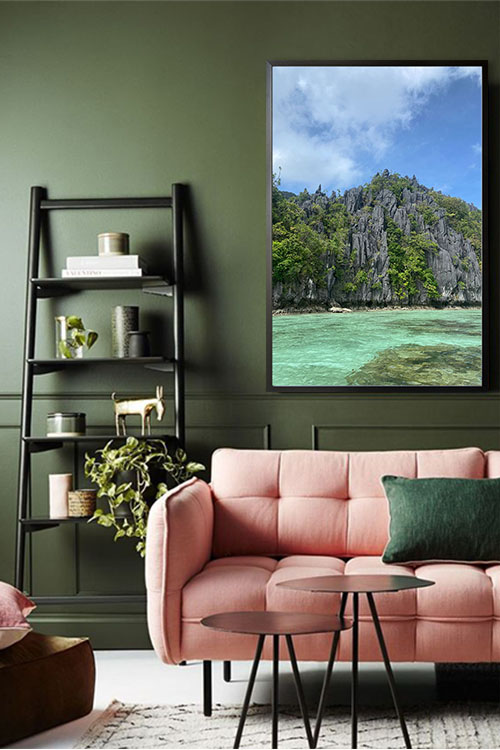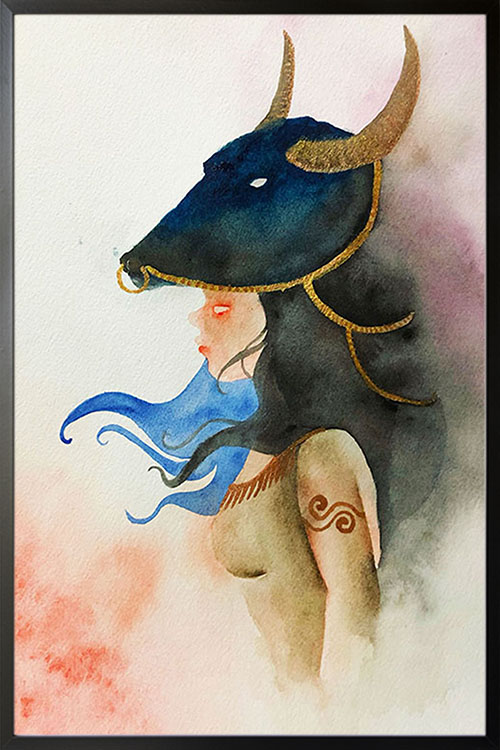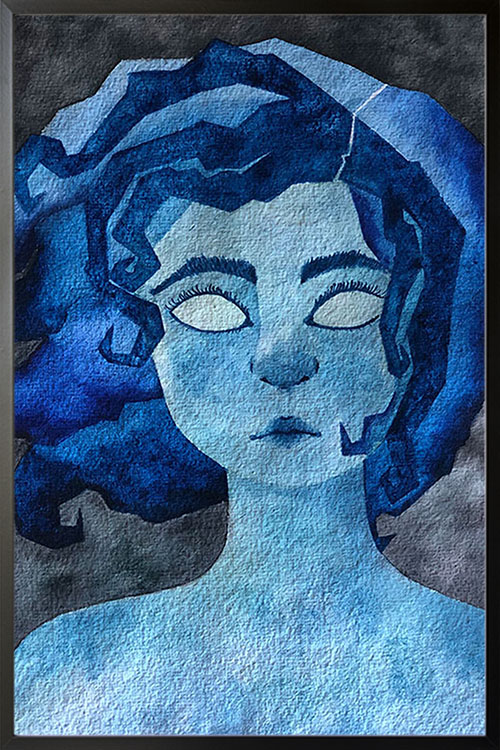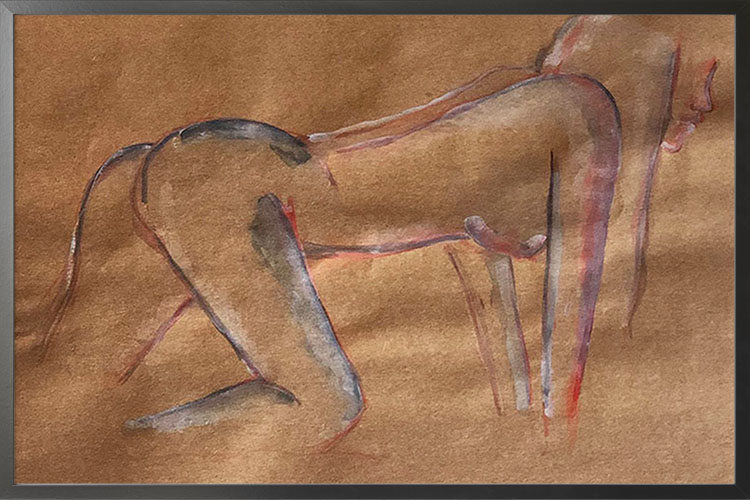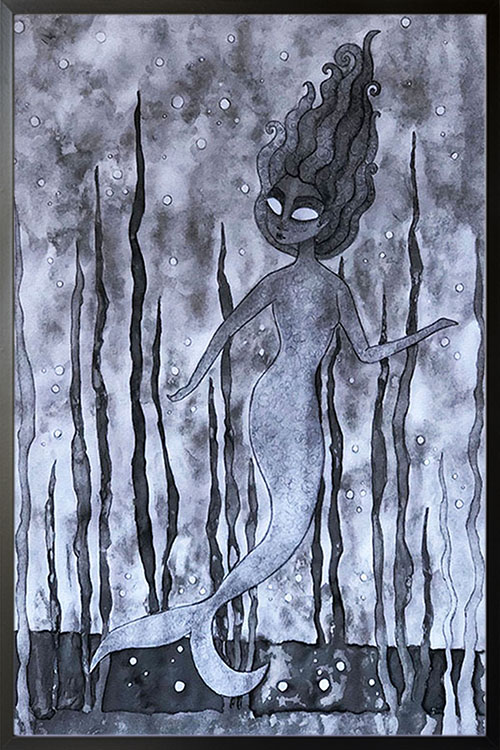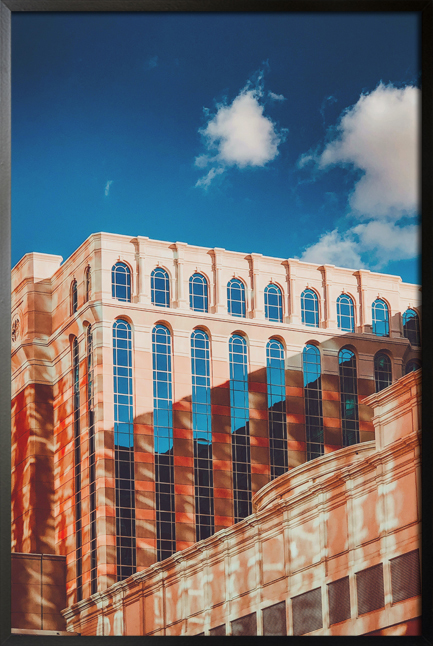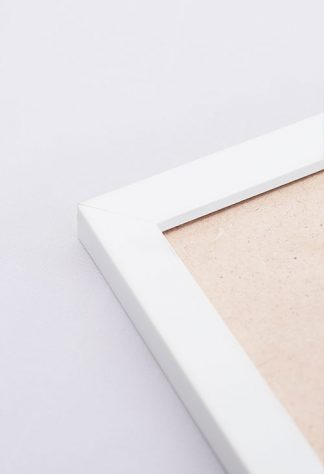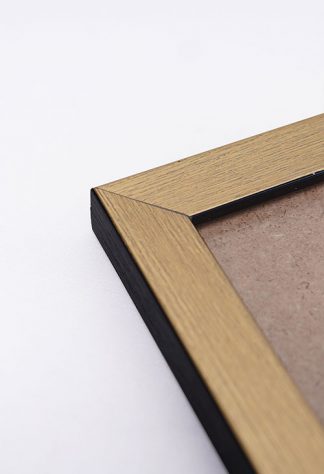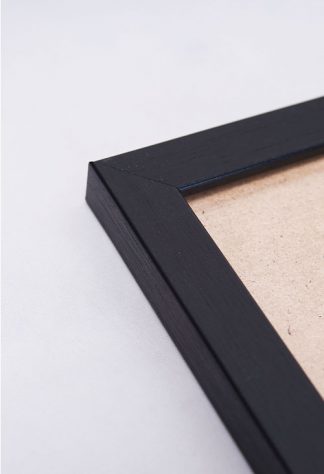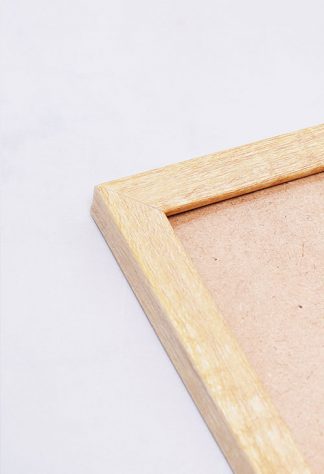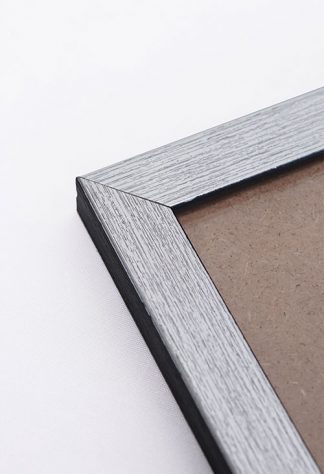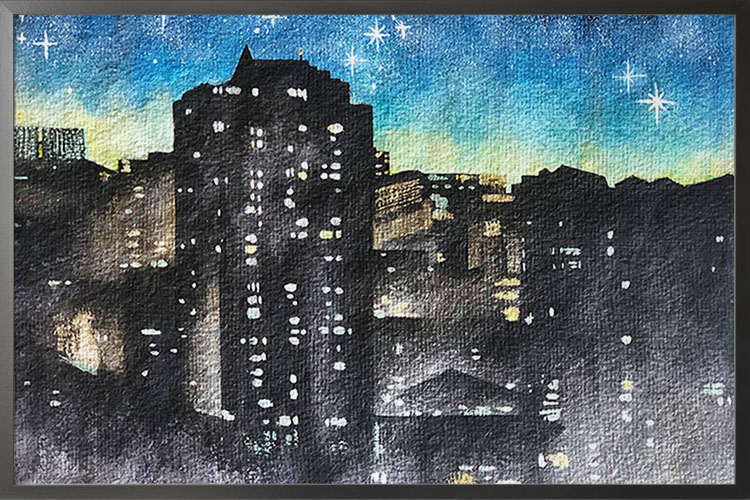
For more than two years, the planet has been suffering from COVID 19 pandemic. Many have been isolated in their homes. As a result, many have sought creative outlets or opportunities for expression. These activities have helped our brains that will help in boosting the mood and making us feel good.
Records have shown that mental health has affected about half of the population around the globe by age 40. That was before the pandemic. With the recent challenges of the pandemic and for maintaining mental wellness, and managing fears, and uncertainty, it is time to be creative in how we stimulate our minds.
Art therapy for managing the well-being
The relationship between art and mental well-being has been clearly established in the field of art therapy. It has been used as an intervention for mental health issues, such as anxiety and depression. Art is also used in a non-therapy context to promote mental health. You will observe that schools offer subjects in art. These are not to make the kids become artists, but to maintain a sense of wellness.
What is neuroesthetics?
Neuroesthetics uses brain imaging, brain wave technology, and biofeedback to gather scientific evidence of how we respond to the arts. As a result, it has been observed that arts have engaged the mind in interesting ways, tapped our emotions, and helped us maintain a healthy state of mind.
Be creative
Art encourages us to express ourselves in creative ways. This means that you have an outlet to use your imagination. It also includes expressing feelings and emotions. Tapping the right side of the brain has resulted in many positive outputs. You might be wondering how some inventions have been created? Well, those are products of the creativity of many individuals. You too can help society with your creativity.
Stress relief
One of the reasons for having an outlet is to relieve and cope with distress. Stress includes but is not limited to depression and anxiety disorders. Art is used as a tool for understanding feelings and emotions. Try to visit art galleries and museums and stare at some of them. Some may ask you to interpret the meaning of the art and the emotion that the artist has while creating it. Though this is hard to do, especially if you are not an art expert, it will still stimulate your mind and encourage you to be creative.
Art is fun
Art is fun and a wholesome hobby to do. Once you start something, it is difficult not to finish it. Take for example, clay molding in creating a diorama. You have a set of colored clays and plan to create a diorama for display. You start working on the scenario and it is just hard not to finish it. Finishing it gives a sense of accomplishment and triumph. It likewise boosts confidence that you can accomplish anything.
